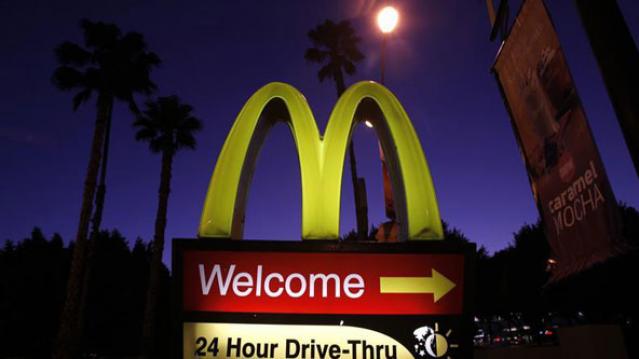McDonald’s Slims Down in the U.S. for the First Time

For the first time in at least 45 years — and maybe the first time in its history — McDonald’s says that this year it will close more restaurants in the U.S. than it opens.
An Associated Press review of McDonald’s filings with the Securities and Exchange Commission found that the company hasn’t slimmed down the number of restaurants it operates in the U.S. since at least 1970. McDonald’s as we know it was founded in 1955 and grew quickly in its early years, making it likely that 2015 will be the first time it takes down more Golden Arches than it puts up in the U.S.
Related: Why Chipotle Wants to Give Its Workers More Than a McJob
McDonald’s does shutter underperforming locations every year, but up until now the number of closings has been outweighed by new openings. The world’s biggest hamburger chain has been struggling to grow sales as consumers turn to chains like Chipotle and Five Guys Burgers and Fries, which market themselves as serving better food and ingredients.
McDonald’s is still growing globally, though. It has about 36,000 locations across the globe and plans to expand that total by about 300 this year. In addition, the chain is still indisputably the country’s largest hamburger chain, with more than twice as many restaurants as its main rival, Burger King.
McDonald’s spokeswoman Becca Hary told the AP that relative to the roughly 14,300 U.S. locations, the net reduction in U.S. stores would be “minimal,” though she declined to give an exact number.
Will Trump's Tax Cuts Really Happen? Economists Are Surprisingly Optimistic
Despite all the thorny questions swirling around President Trump's nascent tax reform plan, 29 of 38 economists surveyed by Bloomberg in a monthly poll said they expect Congress to cut taxes by November of next year.
The hitch: The economists don’t expect the cuts will help the economy much. The median projection of a larger group of 71 economists is for 2018 growth of 2.3 percent, up only slightly from 2.1 percent this year — and by 2019, the economists see growth slipping back to 2 percent.



